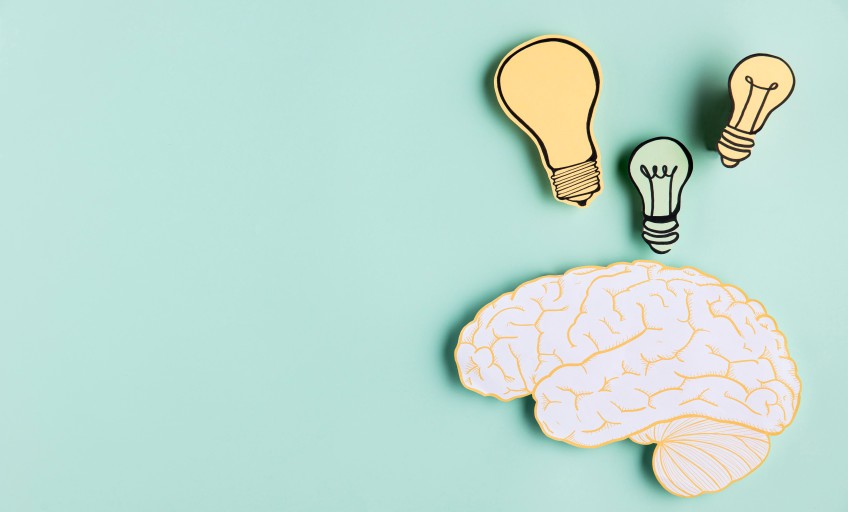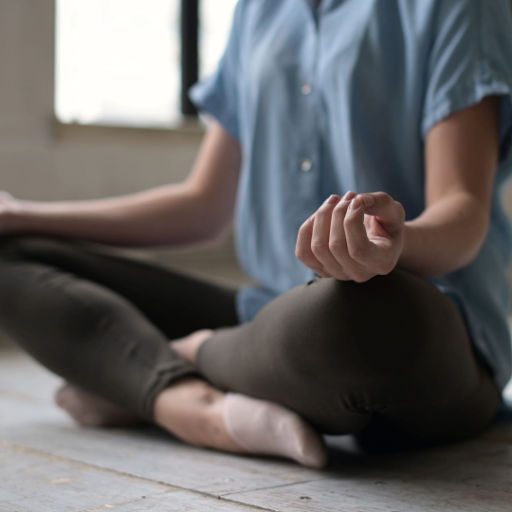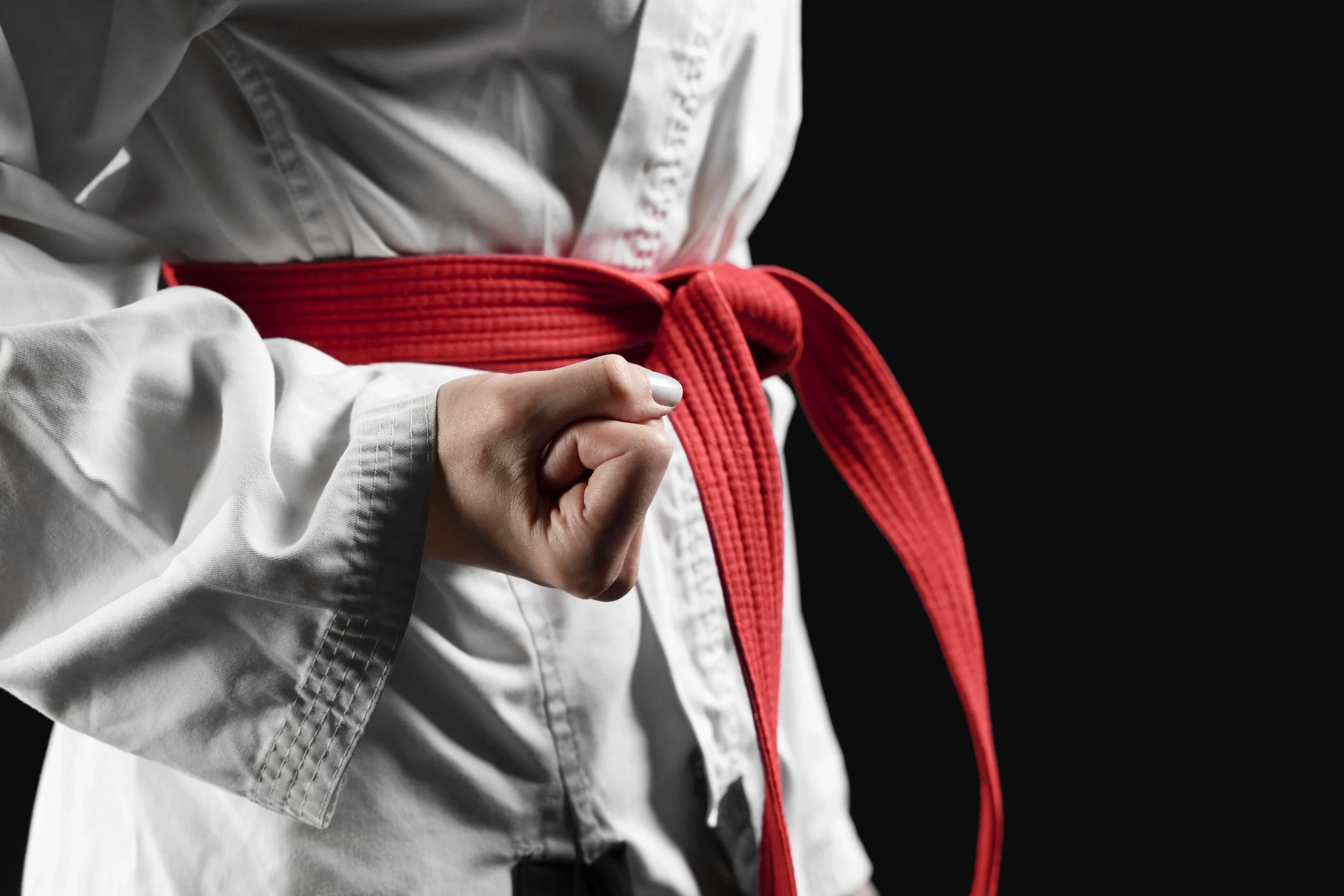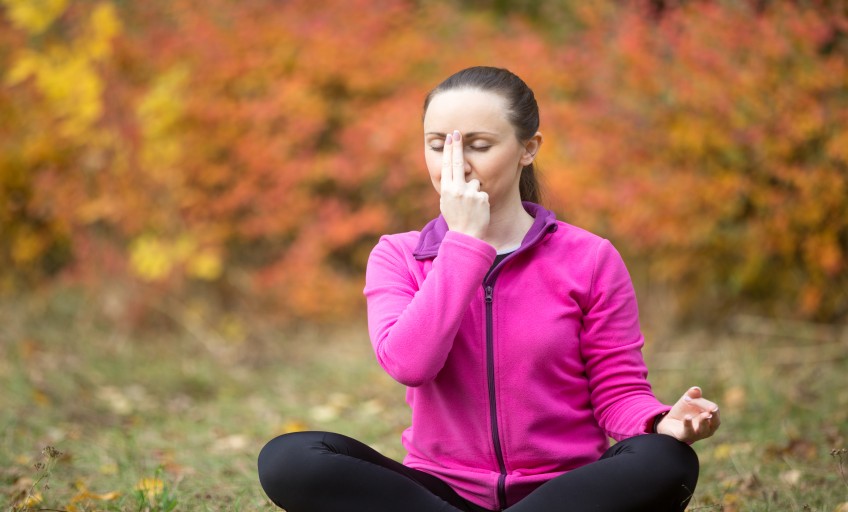
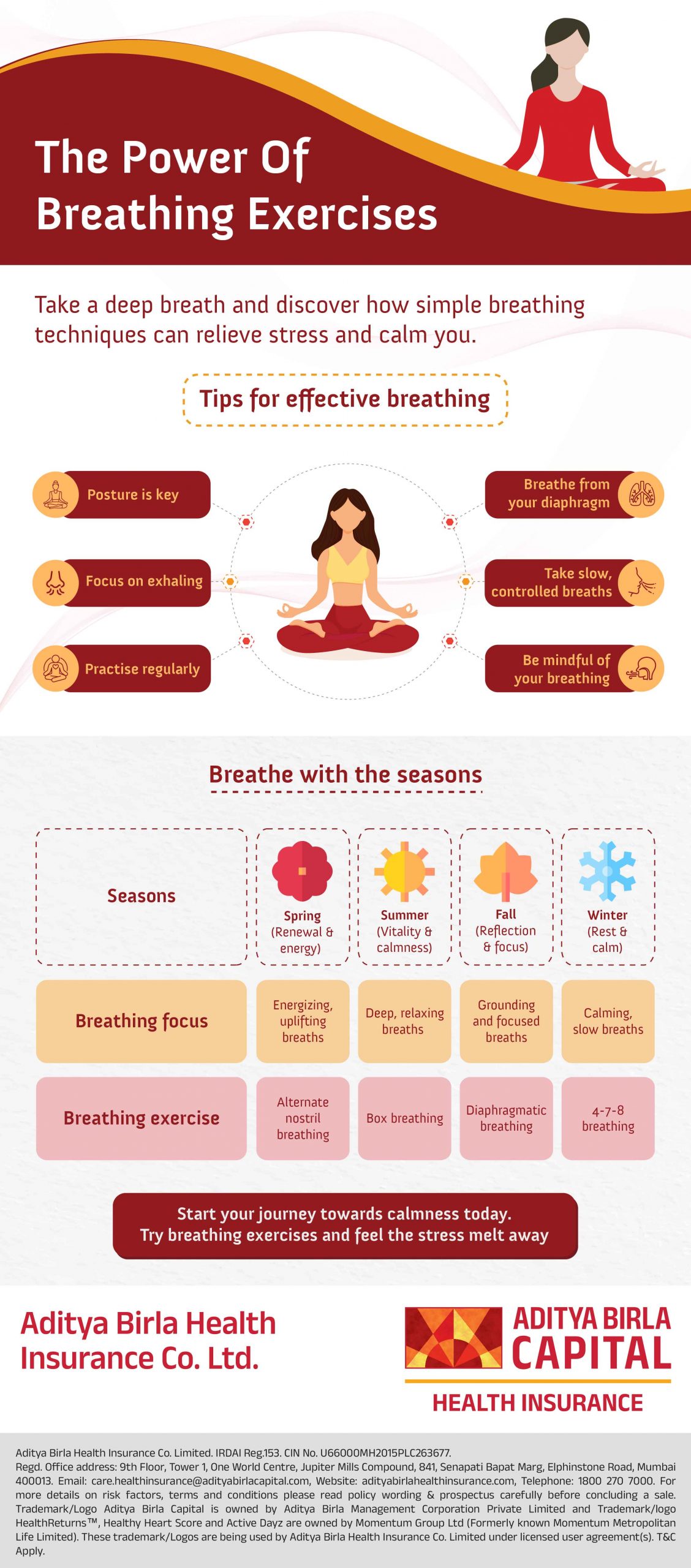
Take a deep breath. Imagine discovering calm in just a few minutes. What if you could reduce stress, enhance focus, and elevate your energy, all through the power of your breath? Let us explore the simple yet transformative world of breathing exercises.
Importance of breathing
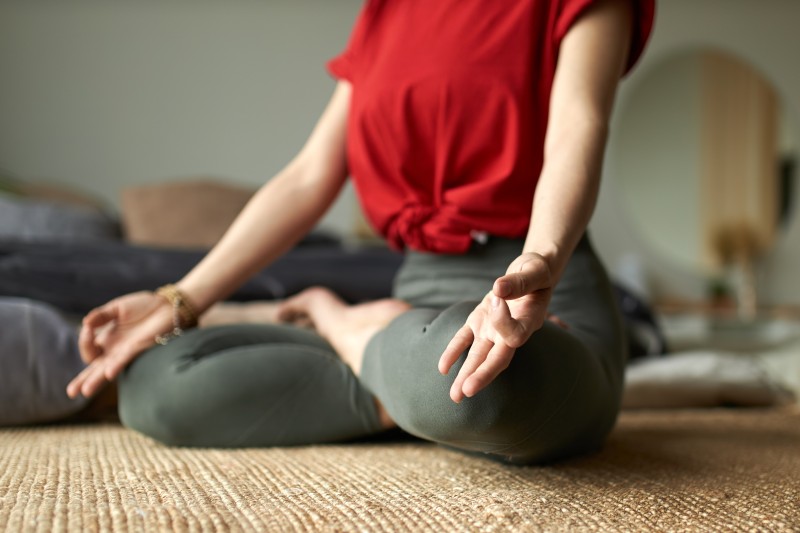
Sometimes, we forget that when we feel stressed or overwhelmed, our breath serves as a powerful tool for self-regulation.
Breathing is a vital part of life that typically occurs without much thought. When we inhale, blood cells absorb oxygen and expel carbon dioxide, which is transported back through the body and then exhaled.
Improper breathing can interrupt the exchange of oxygen and carbon dioxide, contributing to anxiety, panic attacks, fatigue, and other physical and emotional disturbances.
The next time you feel anxious, there are various anxiety breathing exercises you can try.
Impact on mental well-being
Several breathing techniques can help you feel calmer and more relaxed when facing high stress. All you need is a quiet space to focus on your breathing.
Know about breathing exercises’ benefits
Breathing exercises provide the following physical benefits:
- Improved lung function: Breathing exercises can enhance respiratory muscles and boost lung efficiency, facilitating improved oxygen exchange.
- Increased oxygen intake: Mindful, deep breathing exercises can enhance oxygen intake, boosting energy levels and overall physical function.
- Reduced lactic acid buildup: Breathing exercises can help reduce lactic acid buildup in muscle tissue, contributing to muscle fatigue and soreness, particularly during and after exercise.
- Improved circulation and heart health: Certain breathing techniques, such as alternate nostril breathing, can reduce heart rate and blood pressure, thereby enhancing cardiovascular health.
- Better sleep: Deep breathing exercises can enhance relaxation and soothe the nervous system, resulting in improved sleep quality.
- Enhanced immune response: Regular breathing exercises can improve blood flow and reduce stress hormones, helping the body clear germs and viruses more efficiently and enhancing the immune system.
- Improved digestive system: Breathing exercises can enhance digestion by supplying more oxygen to the digestive system, reducing stress in the gut, and assisting the body in absorbing more nutrients.
Scientific evidence supporting breathing techniques for stress reduction
Researchers have revealed that well-being strategies such as breathing exercises can improve mental health and manage stress and anxiety.
Benefits of breathing exercises for mental health
It can cause physiological changes that include:
- Reduced blood pressure and heart rate
- Reduced stress hormones in the blood
- Reduced lactic acid build-up
- Balanced oxygen and carbon dioxide levels in the blood
- Enhanced immune system functioning
- Improved physical energy
- Increased feelings of calm and well-being
Top techniques for stress relief
Incorporate the following breathing exercises to reduce stress and improve mental clarity.
Pursed lip breathing
Pursed-lip breathing is an easy technique that helps make deep breaths slower and more deliberate. This technique has been shown to benefit individuals experiencing anxiety related to lung conditions such as emphysema and chronic obstructive pulmonary disease (COPD).
- Find a comfortable position, relaxing your neck and shoulders.
- With your mouth closed, take a slow, deep breath through your nose for two seconds.
- Then, exhale through your mouth for four seconds, gently puckering your lips.
- Maintain a slow and steady breath while exhaling.
- To achieve the correct breathing pattern, experts recommend practising pursed-lip breathing four to five times daily.
Belly breathing (Diaphragmatic breathing)
Choose a spot. You could sit in a chair, cross-legged on the floor, or lie on your back with a small pillow supporting your head and another under your knees.
- Place one hand on your upper chest and the other on your belly, just below the ribcage.
- Let your belly relax naturally without tensing or tightening your muscles.
- Breathe in slowly through your nose. The air should flow into your nose and downwards, allowing you to feel your stomach rise with one hand and fall inward towards your spine.
- Exhale slowly through slightly pursed lips, and observe the hand on your chest, which should remain relatively still.
Alternate nostril breathing
Alternate-nostril breathing (nadi shodhana) involves closing one nostril at a time while breathing through the other, switching between nostrils in a steady rhythm.
Practising this anxiety-relieving breathing while seated is the best way to maintain your posture. Here is how it is done:
- Bend the index and middle fingers of the right hand into your palm while extending your thumb, ring finger, and pinky. This gesture is known as Vishnu mudra in yoga.
- Close your eyes or softly gaze downward.
- Inhale and exhale to begin.
- Close your right nostril with your thumb.
- Inhale through your left nostril.
- Close your left nostril.
- Open and exhale through your right nostril.
- Inhale through your right nostril.
- Close your right nostril with your thumb.
- Open and exhale through your left nostril.
- Inhale through your left nostril.
- Complete up to 10 rounds of this breathing pattern. If you begin to feel lightheaded, pause by releasing both nostrils and breathing normally.
Box breathing
Box breathing is simple to learn and practise. Here’s how you can go about it:
- Exhale for a count of four.
- Hold your breath for four counts.
- Inhale for a count of four.
- Hold the air in your lungs for four counts.
- Exhale and begin the pattern again.
Humming bee breath (Bhramari)
This breathing technique creates instant calm and is soothing around your forehead. Some people use this breath to relieve frustration, anxiety, and anger. It may help reduce your heart rate, make you think more clearly, and make you feel less irritable or stressed. Practise in a place where you are free to make a humming sound.
To do this:
- Find a comfortable seated position.
- Close your eyes and relax your facial muscles.
- Place your index fingers on the tragus, the small projection in front of the ear canal.
- Take a breath in, and as you exhale, gently press your fingers into the cartilage.
- Keep your mouth closed and produce a deep humming sound.
- Continue for as long as it feels comfortable.
4-7-8 Breathing technique
The 4-7-8 breathing exercise serves as a natural tranquilizer for the nervous system. Start the exercise seated with your back straight. However, once you are more familiar with this technique, you can practise it while lying in bed.
- Position the tip of your tongue against the ridge of tissue behind your upper front teeth and keep it there.
- Exhale completely through your mouth, making a “whoosh” sound.
- Close your mouth and inhale quietly through your nose, counting to four in your mind.
- Hold your breath for a count of seven.
- Exhale fully through your mouth, making a whooshing sound, to the count of eight.
Breathing exercises in daily routine
Incorporating breathing exercises into your daily routine, such as diaphragmatic breathing or the 4-7-8 technique, can help reduce stress and anxiety while improving overall well-being by promoting relaxation and increasing oxygen intake.
Role in self-care

Breathing exercises are essential for self-care, as they serve as valuable tools for managing daily challenges while enhancing both mental and physical health.
Enhancing emotional regulation
Breathing exercises can help regulate emotions by fostering a sense of calm and grounding, which can be especially beneficial during times of stress or emotional distress.
Improving sleep quality
Certain breathing techniques, such as box breathing, can promote relaxation and reduce anxiety, ultimately improving sleep quality.
Boosting cognitive function and focus
Breathing exercises enhance cognitive function and focus by improving oxygen flow to the brain and reducing stress. Regular practise increases mental clarity, attention, and overall cognitive performance.
Integrate Health app exercises
You can incorporate breathing exercises with Activ Health app features.
Utilizing guided breathing sessions
Breathwork meditation involves consciously and mindfully altering your breathing patterns to enhance relaxation. Many people report benefits from breathwork meditation, including lessened stress and anxiety, as well as improved sleep and mood. It may also alleviate symptoms of certain physical illnesses. You can connect to the Activ Health app to access guided breathing sessions.
Tracking progress and setting goals
To effectively integrate breathing exercises, track your progress and set goals, focus on consistent practise, mindful breathing techniques, and measurable objectives, such as increased breath duration or reduced stress, while monitoring your progress using the Activ Health app.
Mental health first aid: How breathing can help to reduce stress
Breathing exercises can effectively reduce stress by calming the nervous system and promoting relaxation, providing a simple way to manage stress and anxiety.
Key to overall health
Breathing exercises are a powerful tool for enhancing mental health and self-care. By promoting relaxation, reducing stress, and improving cognitive function, they foster a balanced mind and body, which supports overall well-being. Including these practises into daily routines can lead to improved focus, emotional resilience, and a greater sense of calm and clarity.
Key Takeaways
- Breathing exercises improve lung function, oxygen intake, and sleep quality.
- They also lower blood pressure, reduce stress, and strengthen the immune system.
- Integrate breathing exercises with the Activ Health app to utilize guided breathing sessions, track progress, and set goals.
Stay tuned to the Activ Living Community. Keep up to date with the latest health tips and trends through expert videos, podcasts, articles, and much more on nutrition, fitness, mindfulness, and lifestyle conditions like Asthma, Blood Pressure, Cholesterol, and Diabetes. Activ Living ke saath sahi sehat ki shuruat ABHI karo.
You may also be interested in the following blogs:
Popular Searches
How to lower blood pressure | Fruits good for liver | Unhealthy foods | Ragi Benefits | Basal Metabolic Rate | Acupressure points for High Blood Pressure | Ayurvedic medicine for blood pressure | How to control cholesterol at home | Homeopathy for Asthma | Biological Age | Home remedies for TB | Natural beta blockers | Negative effects of internet | Types of walking | Blood pressure calculator | Blood sugar calculator | BMI Calculator





 1800-270-7000
1800-270-7000

